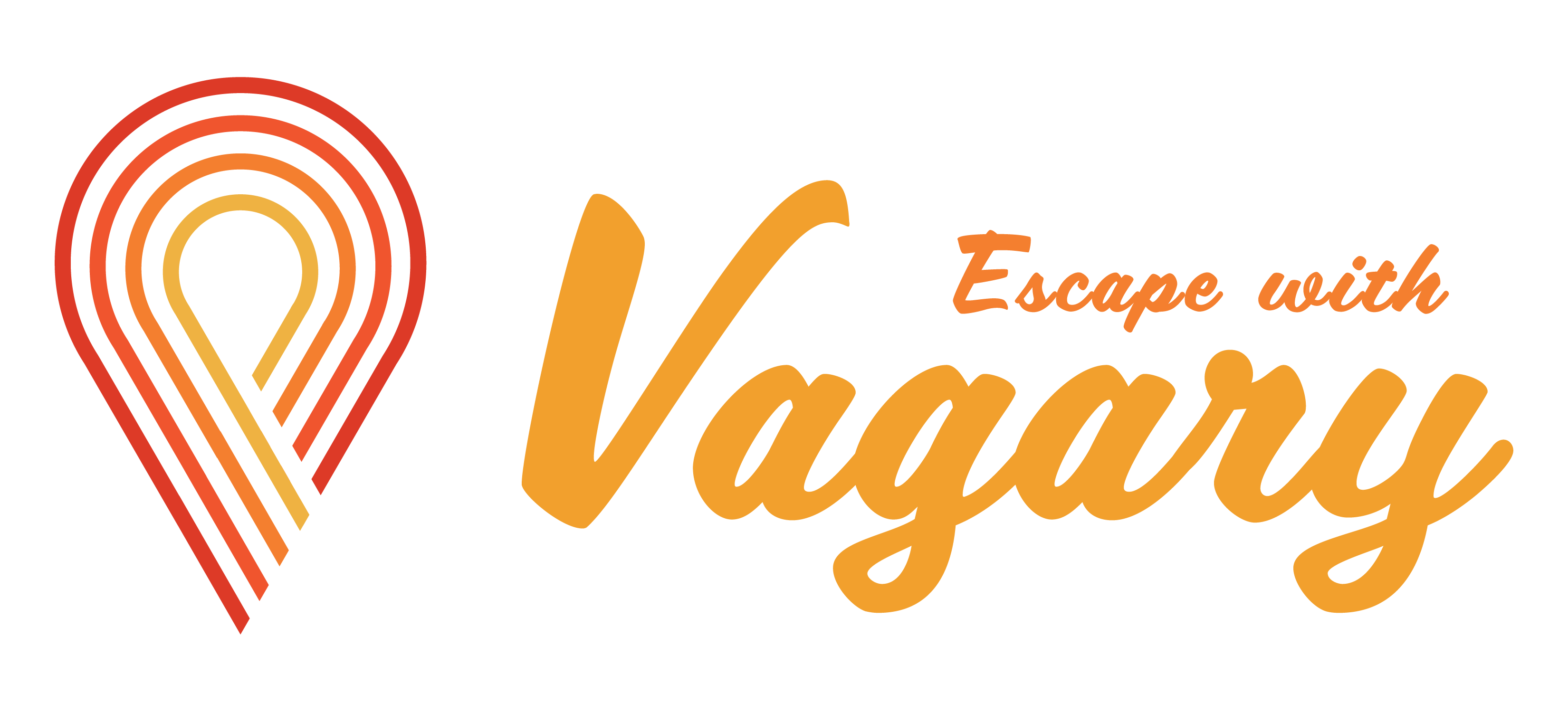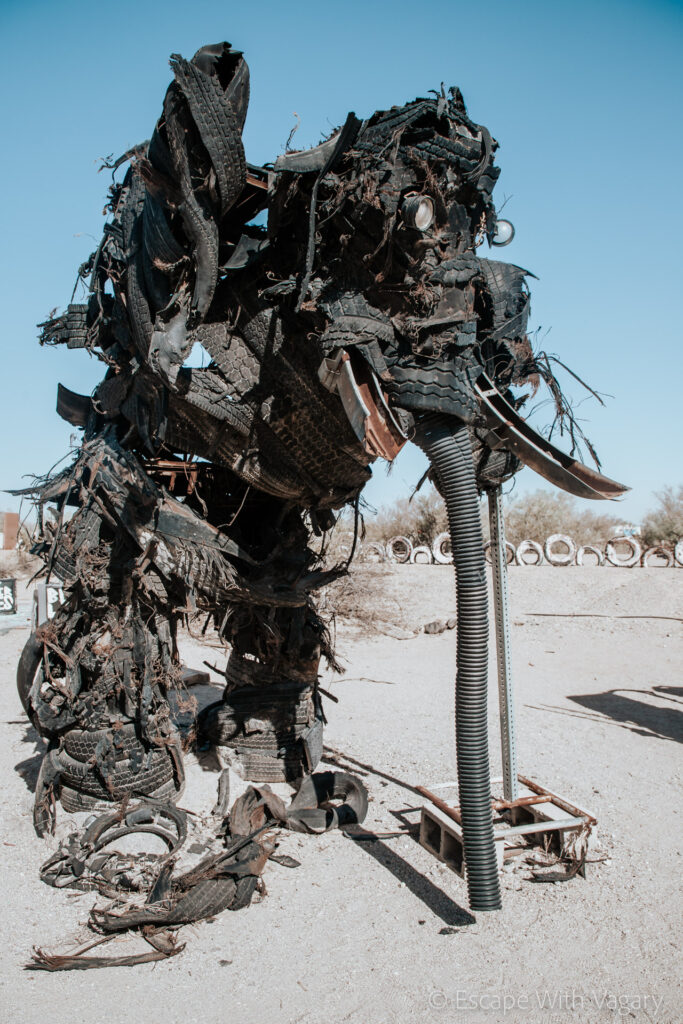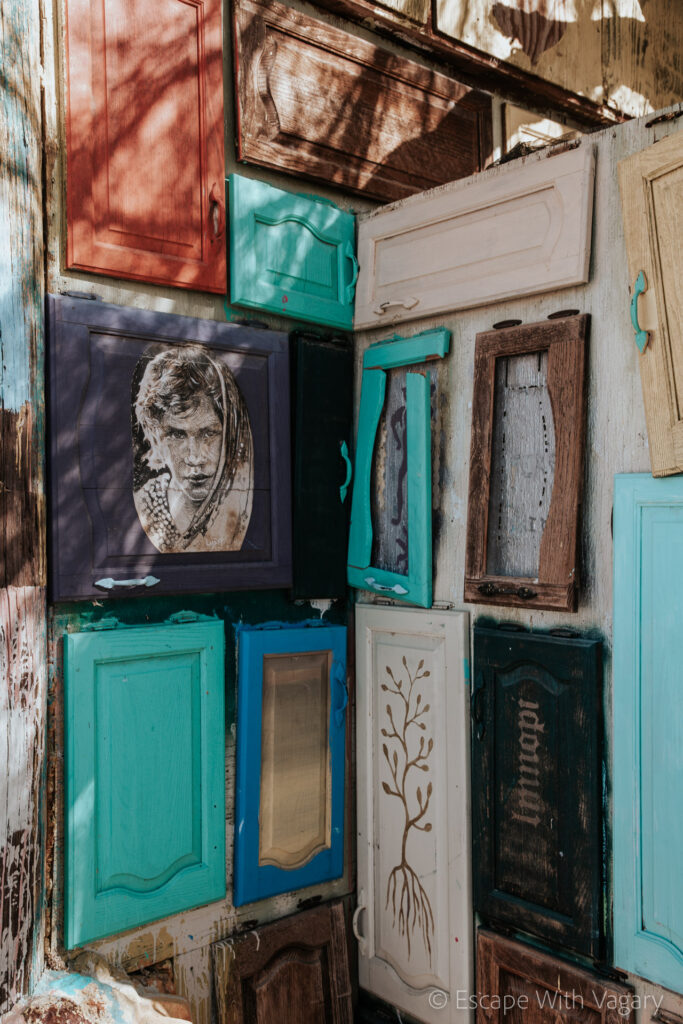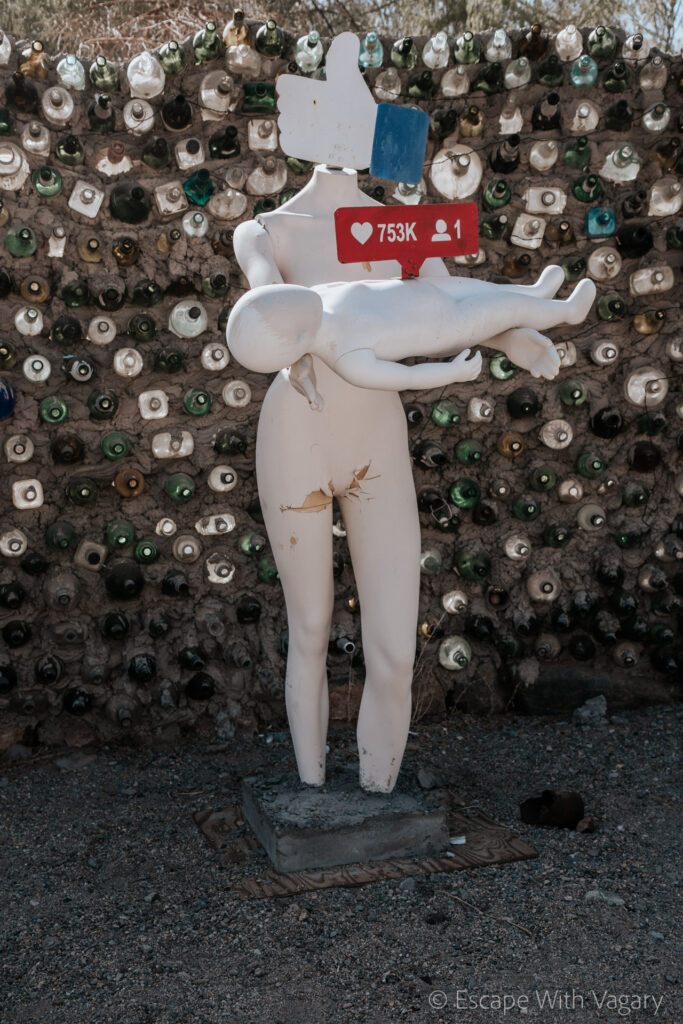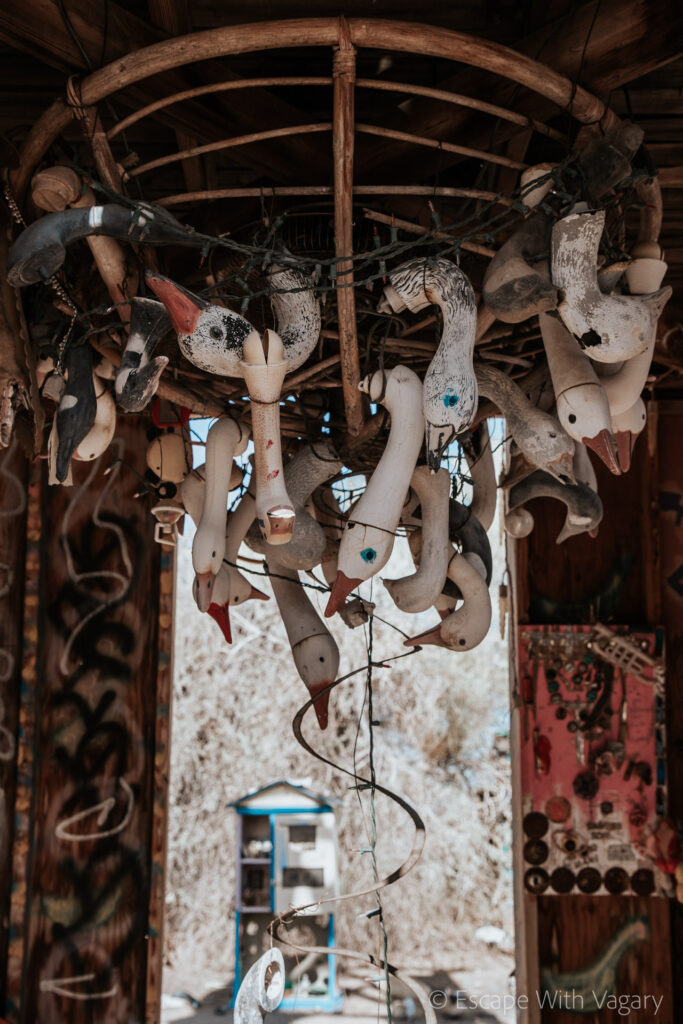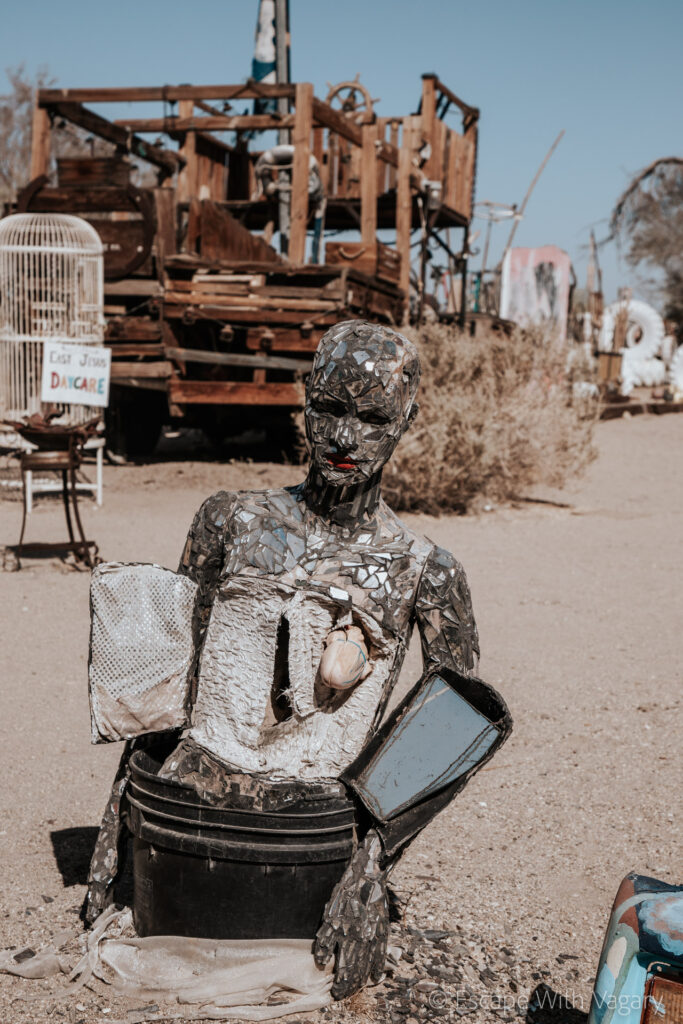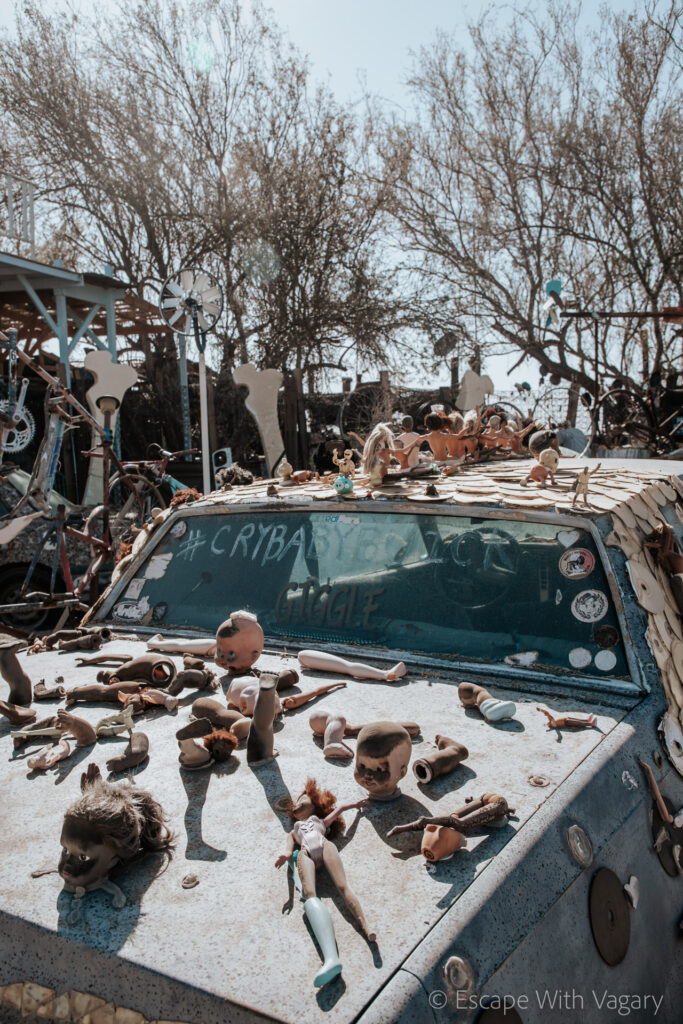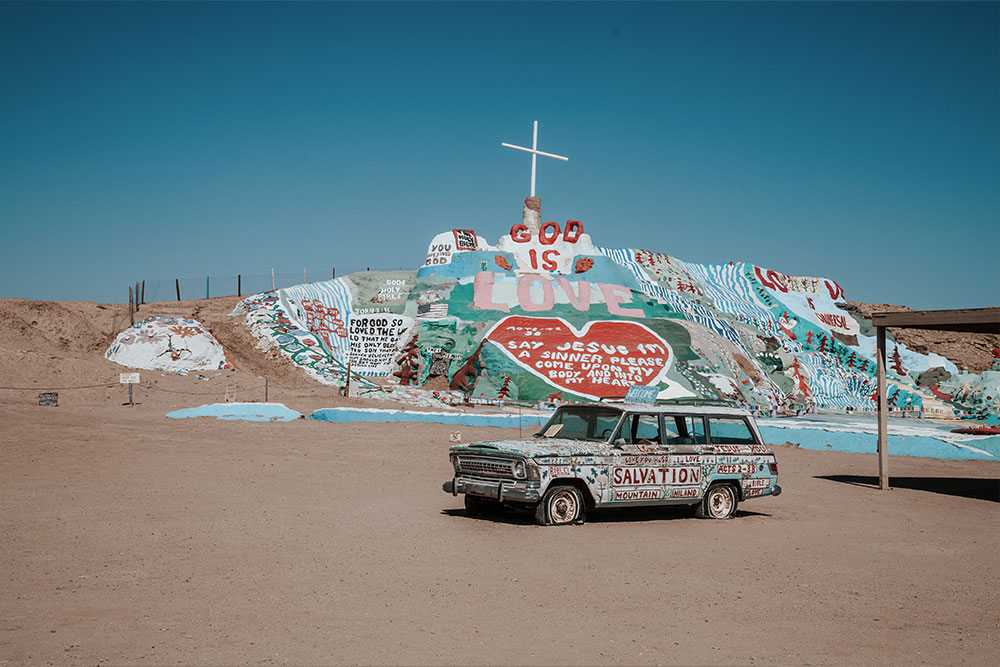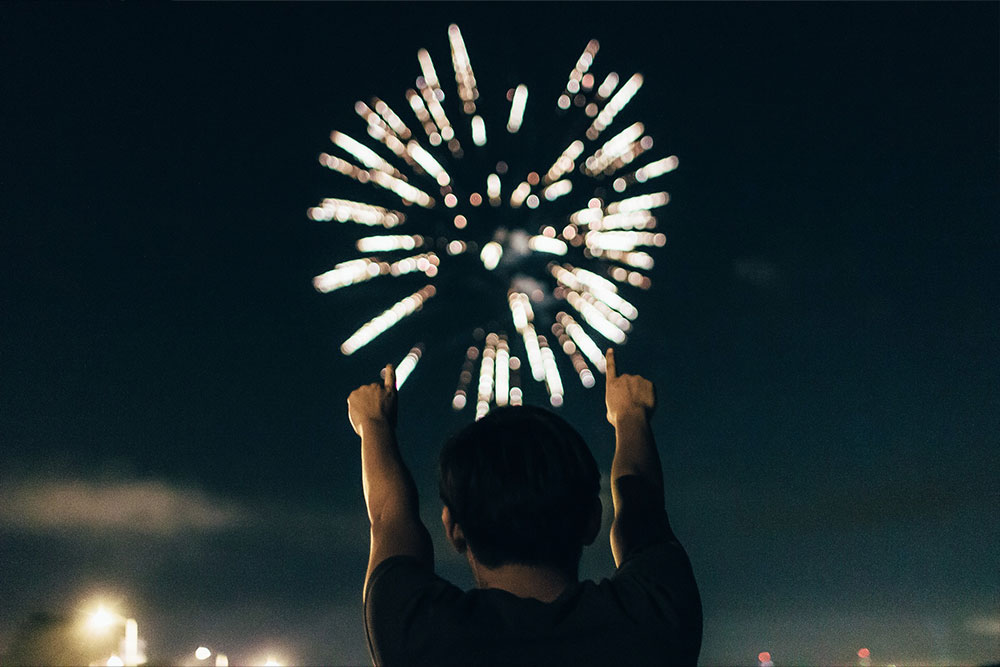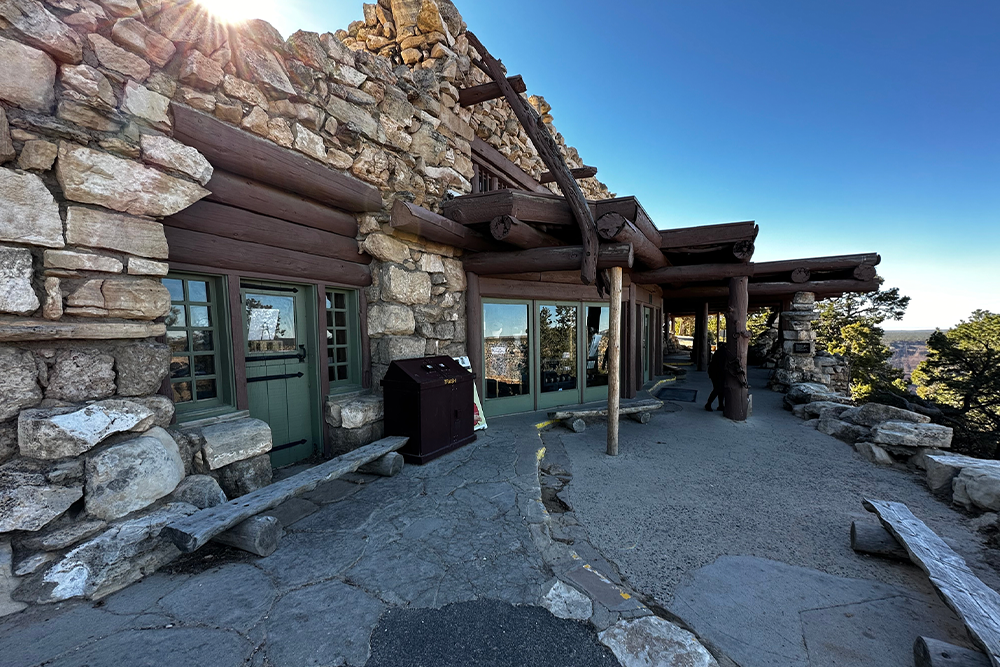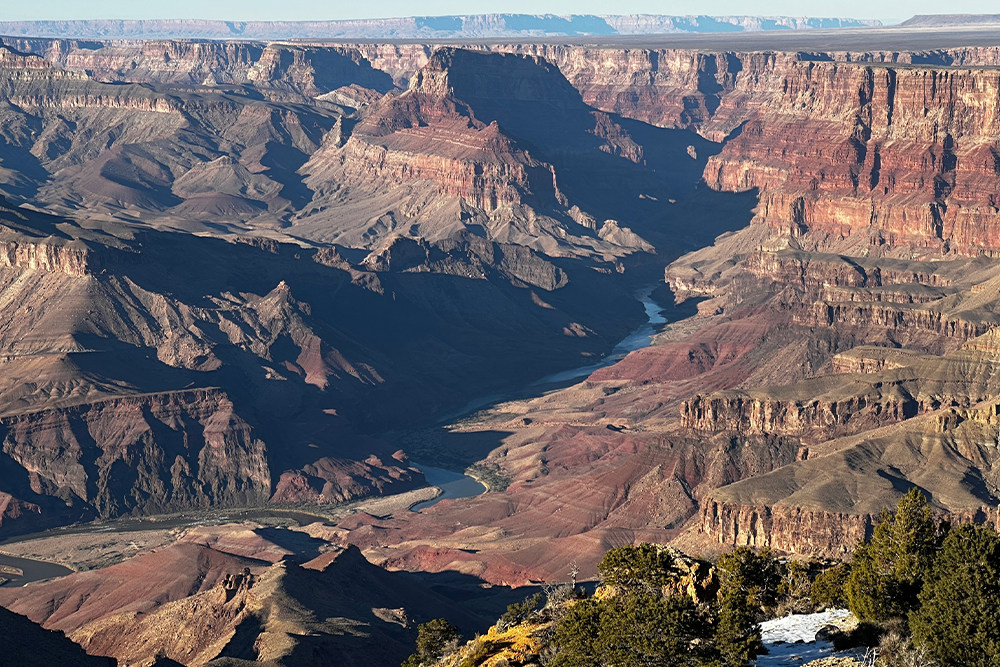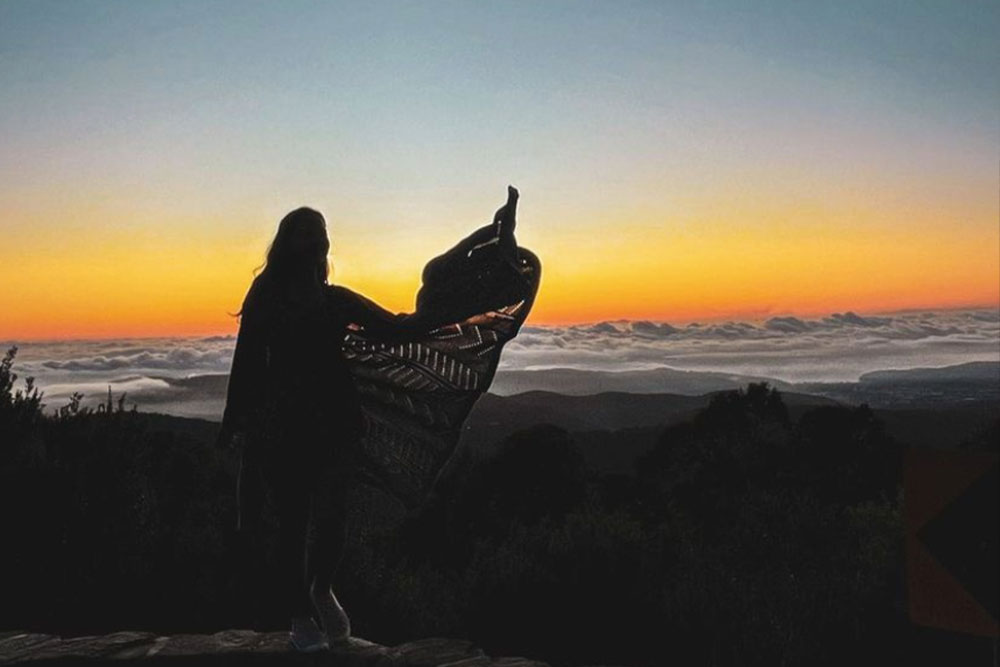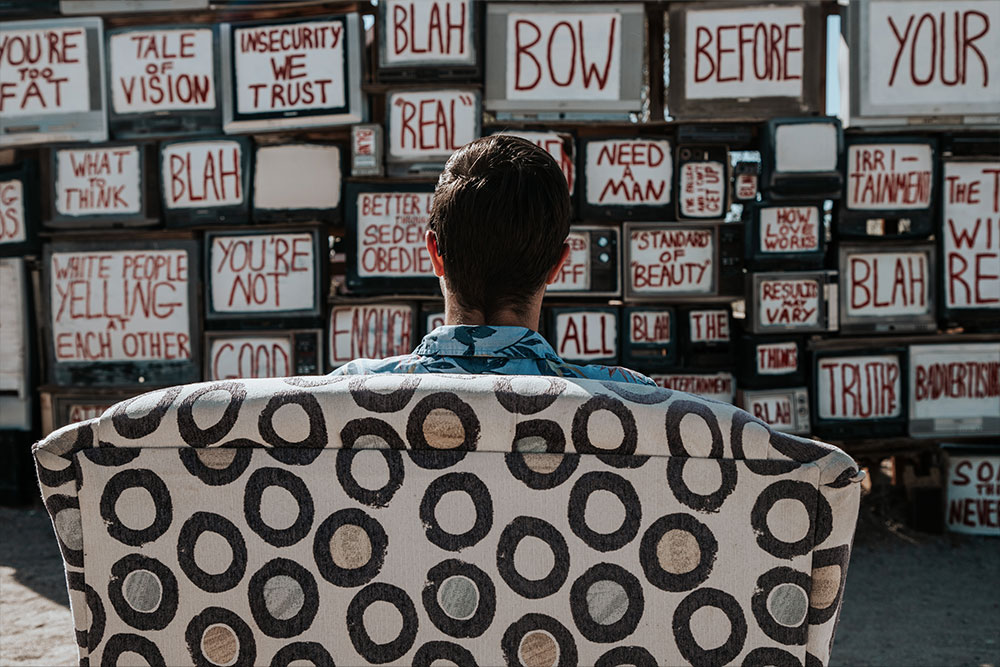
“The Last Free Place” – A Look Inside Slab City, CA
By Lauren Wong
Let’s start out with a message from East Jesus.. “Please review our guide to survival in the East Jesus wasteland before you get yourself hurt or royally piss us off.” Keep that in mind if you decide to take a trip to this desert art installation located within Slab City (also known as, The Slabs).
Before we dive into the peculiar art formations that are the foundation of East Jesus, we first have to get some background about this supposedly, “last free place.”
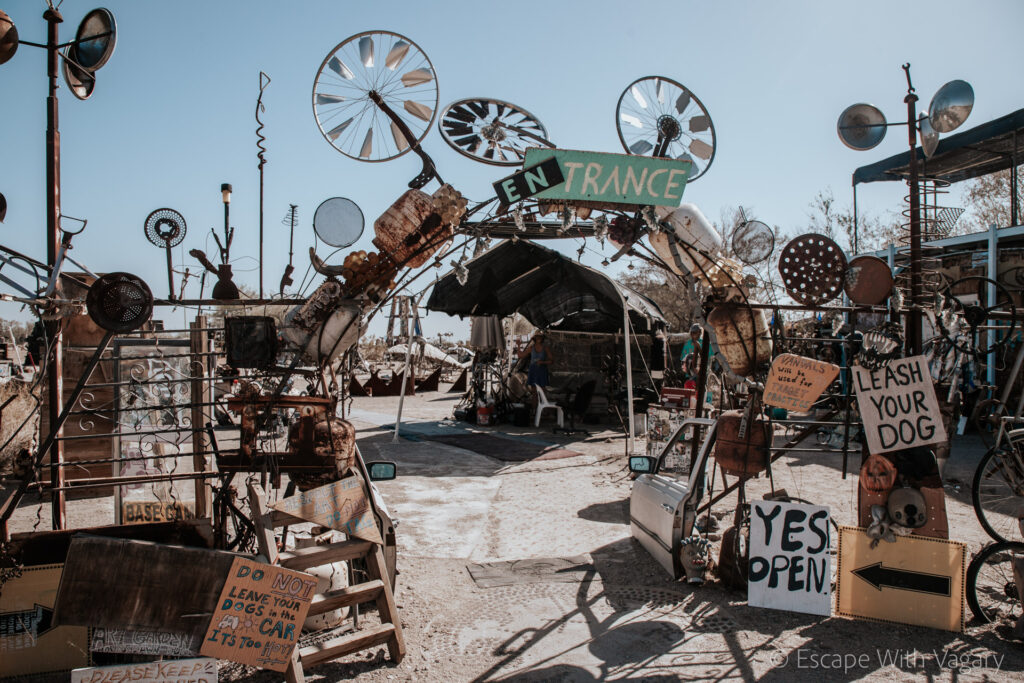
Slab City:
If you take a visit over to Salvation Mountain, you’ll notice that the area just past it looks almost like an eccentric junkyard. That is the Slabs, an isolated desert community down hardened dirt roads in the Sonoran Desert full of trailers, tents, broken down school buses, etc.
It’s hard to believe that people actually live and survive in this area. It’s a completely different world from what the average person is used to.
They have no connection to the main power grid, no running water, sewage, plumbing, or electricity. The population is always fluctuating, but typically in the winter there’s a population of a few thousand, and in the summer, only about 150. (Not taking into account the packs of dogs that freely roam the area).
This city came about when a military training facility, Camp Dunlap, was demolished in the 1950s. Its name came from the concrete slabs that were left over from the base. Because the land is still owned by the State of California, all of Slab City’s residents are considered “squatters.”
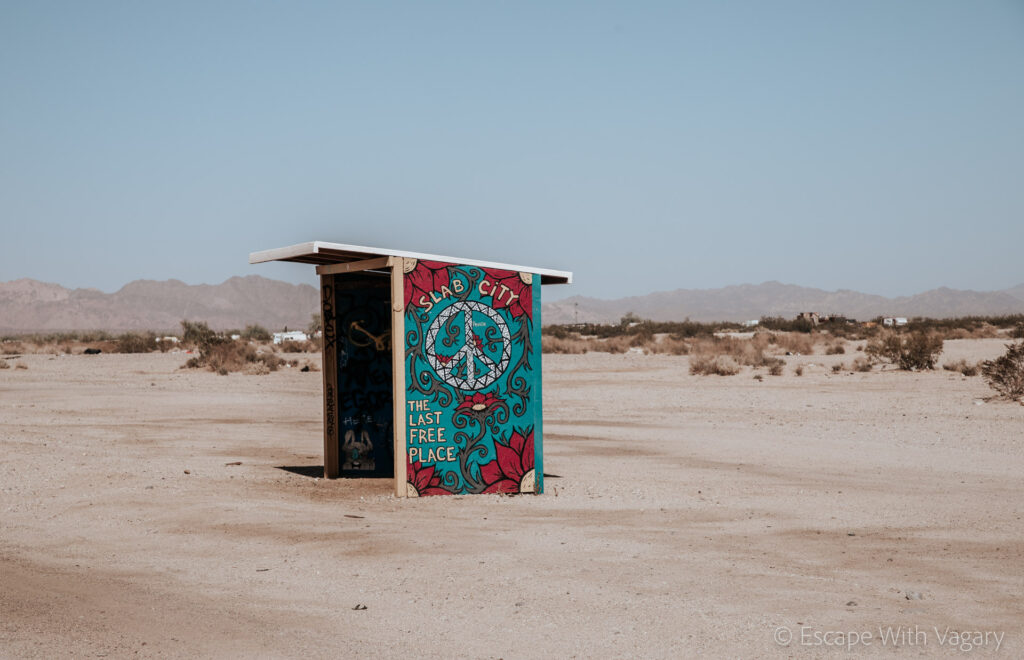
Who lives here?
Known as “the Last Free Place on Earth,” and “the Last Lawless Place,” the area drew in nomadic-minded people, and anyone else who doesn’t want to feel confined to societal standards of living. It’s safe to say you’ve got a wide variety of people living here, from explorers to addicts, former convicts, unconventional artists, etc. Everyone here has their own noteworthy story of how they ended up here.
Compared to when the city was first formed to today, there has been some growth. Streets now have names, small establishments sell food, and there’s even a small library. And, if you’re curious and want to immerse yourself in this completely off the grid community, you can find places to rent on Airbnb.
Just like in any city, a bunch of different neighborhoods make up the area, each with its own camp of residents, rules, and culture. One particular neighborhood located on the northern perimeter is East Jesus.
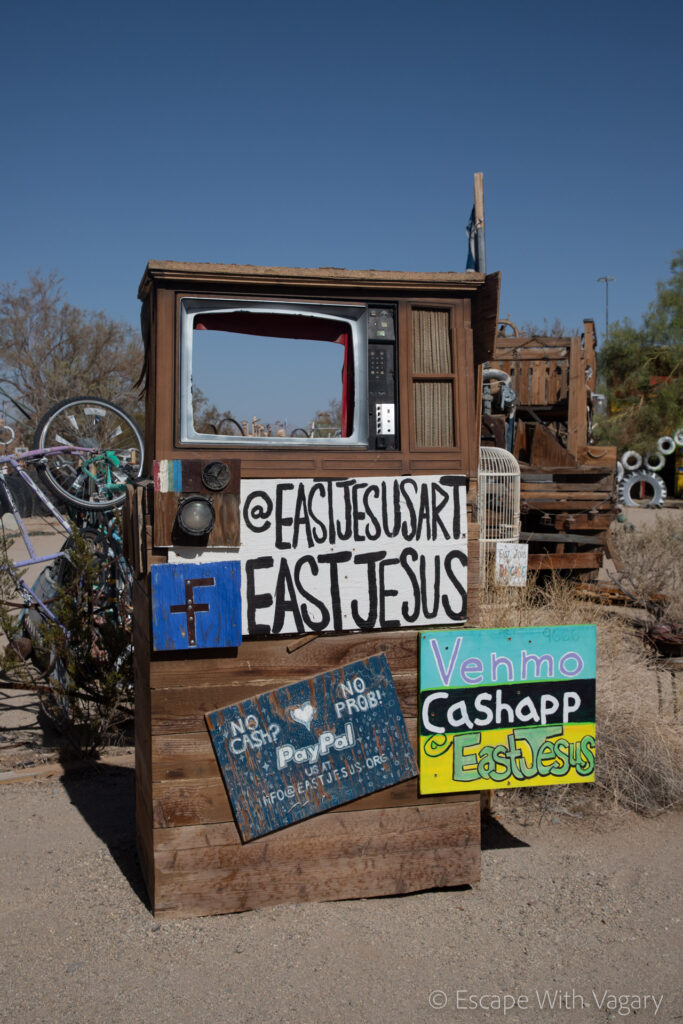
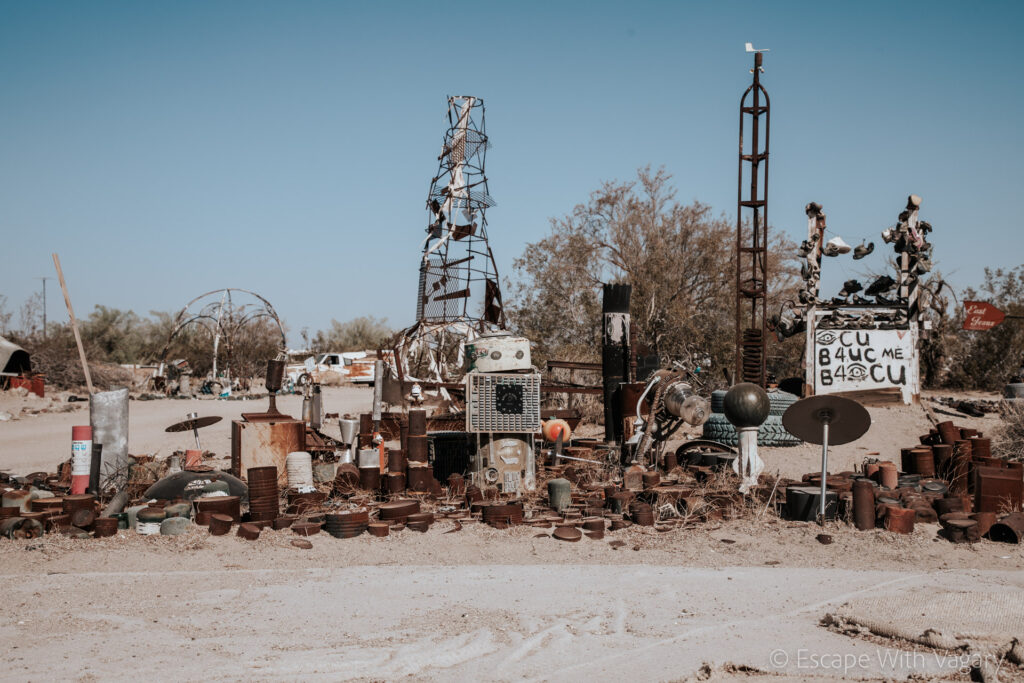
East Jesus:
East Jesus is best known for its outdoor art museum. Untied to any religious beliefs, its name is based on its middle of nowhere location. It’s no doubt the most developed area within the Slabs containing a battery bank, back-up diesel generator, composting toilets, water heater, hand-washing station, library, pantry, and recycling area. Although they’d like to expand these community practices to the rest of the city, some resent the idea of this change.
Originally coming to the area to work on Salvation Mountain with Leonard Knight, Charlie Russell founded East Jesus. Infatuated with the idea of this “last free place,” he abandoned his old life working in technology, packed his belongings into a shipping container, and relocated to this patch in the desert where he began his famous art installations/sculptures.
He spent the rest of his life dedicated to creating. Using repurposed garbage, and any materials he could get his hands on, he built the foundation of this growing sanctuary for artists, musicians, survivalists, writers, scientists, and any others looking for a creative outlet.
The Chasterus Foundation, a non-profit organization, was created by a board of directors after Russell passed away in 2011 to protect and grow upon his vision. The vision of a “sustainable, habitable, ever-changing art installation.”
Dedicated to “providing a working model of an improbably, improvised community at the edge of the world,” the foundation has kept this 30-acre property’s museum open year-round.
A member of the California Museum Association, you can visit this hidden gem of art full of oddities and ambiguities in the middle of the desert. Most interested in “low-tech solutions, unresolved theories, non-linear advancement, and creative reuse,” it’s hard to describe what you can expect with a visit to the East Jesus Art Museum.
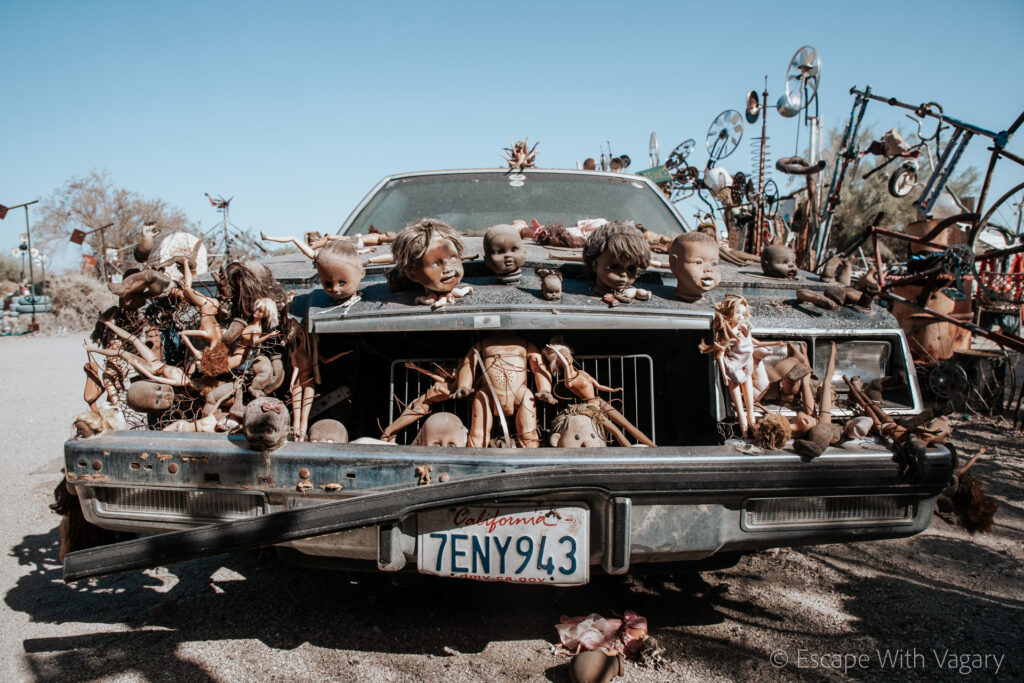
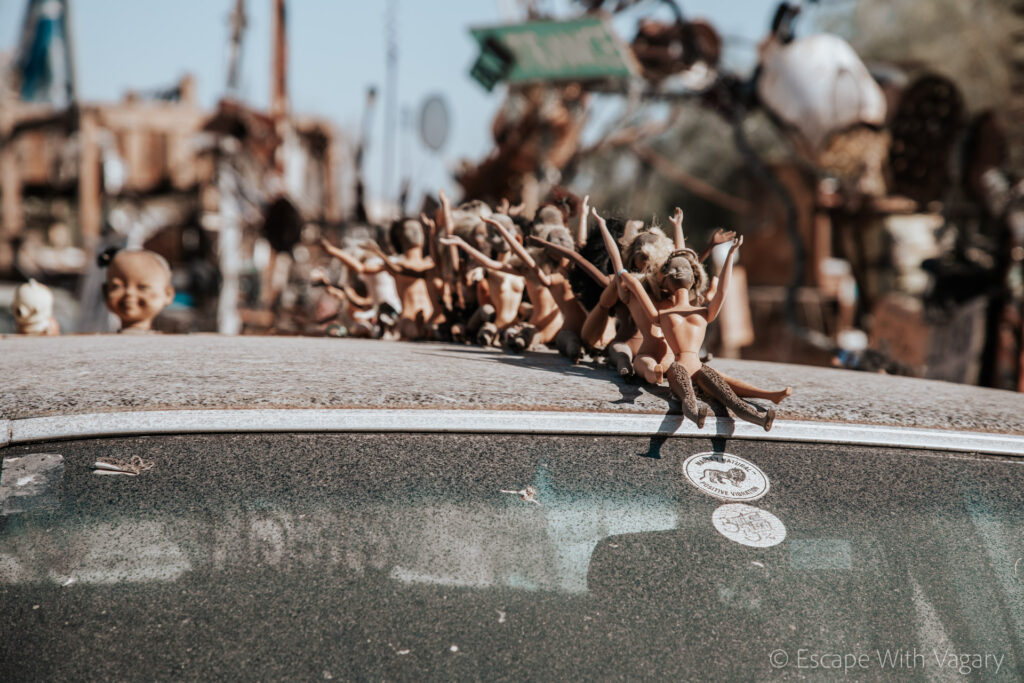
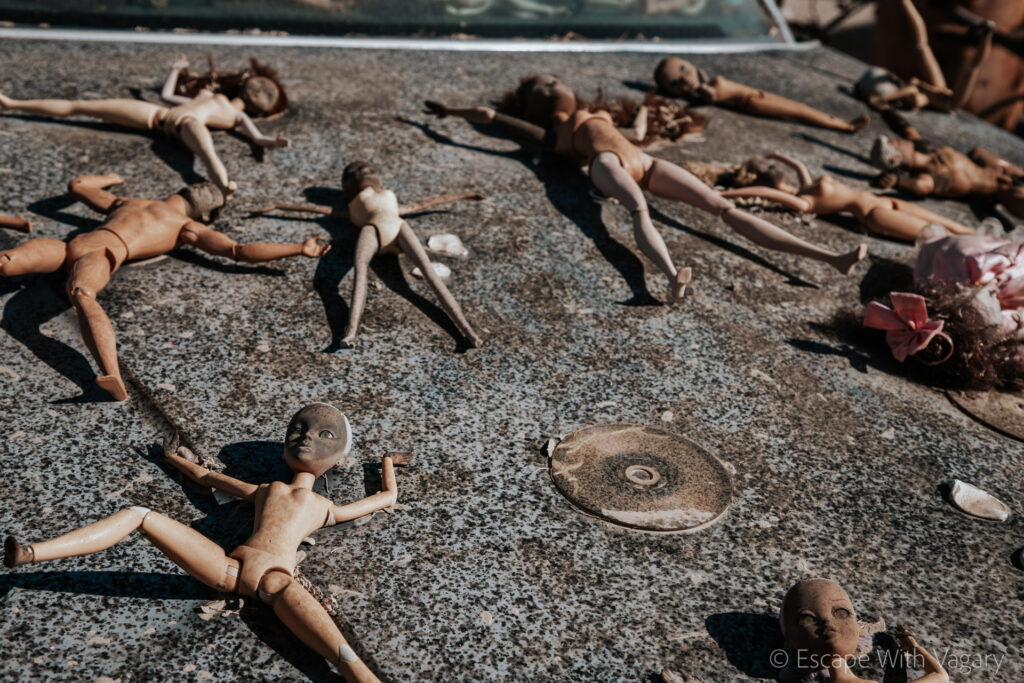
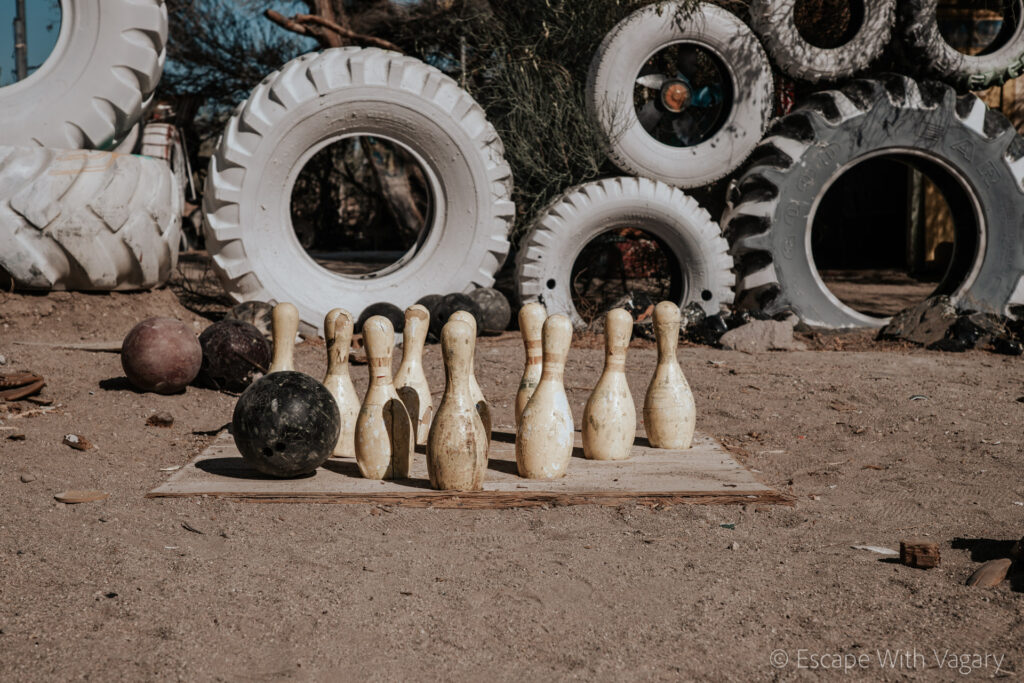
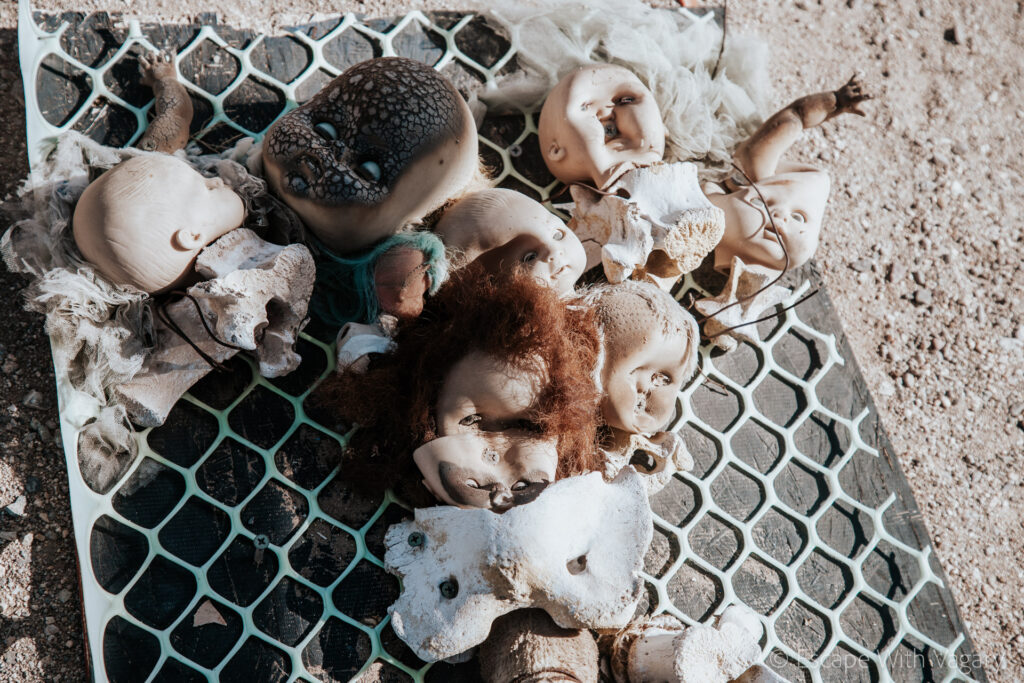
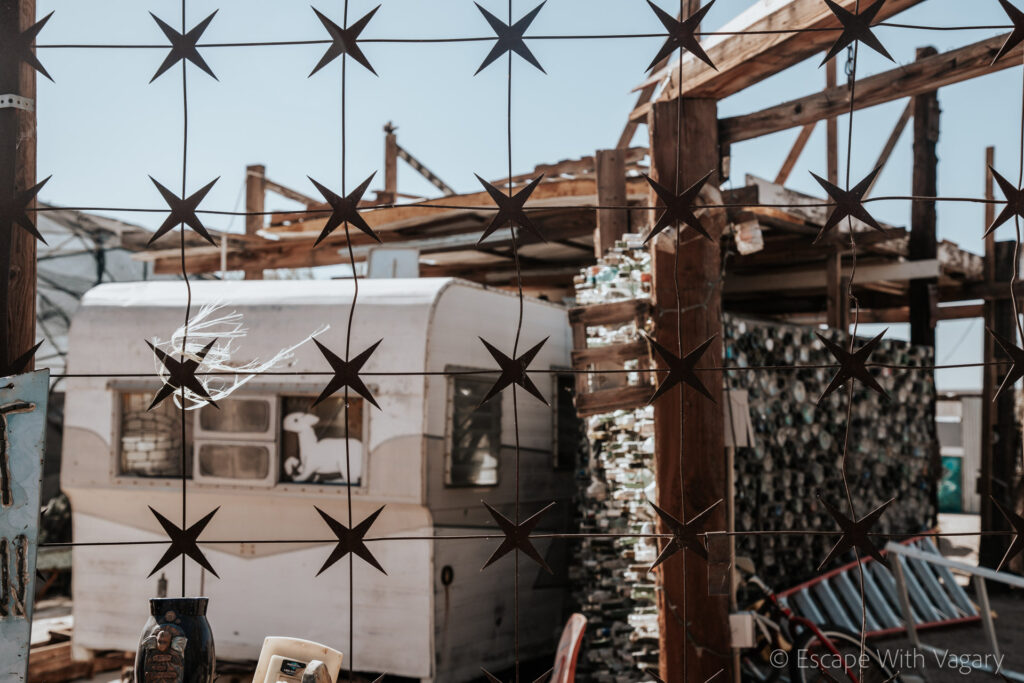
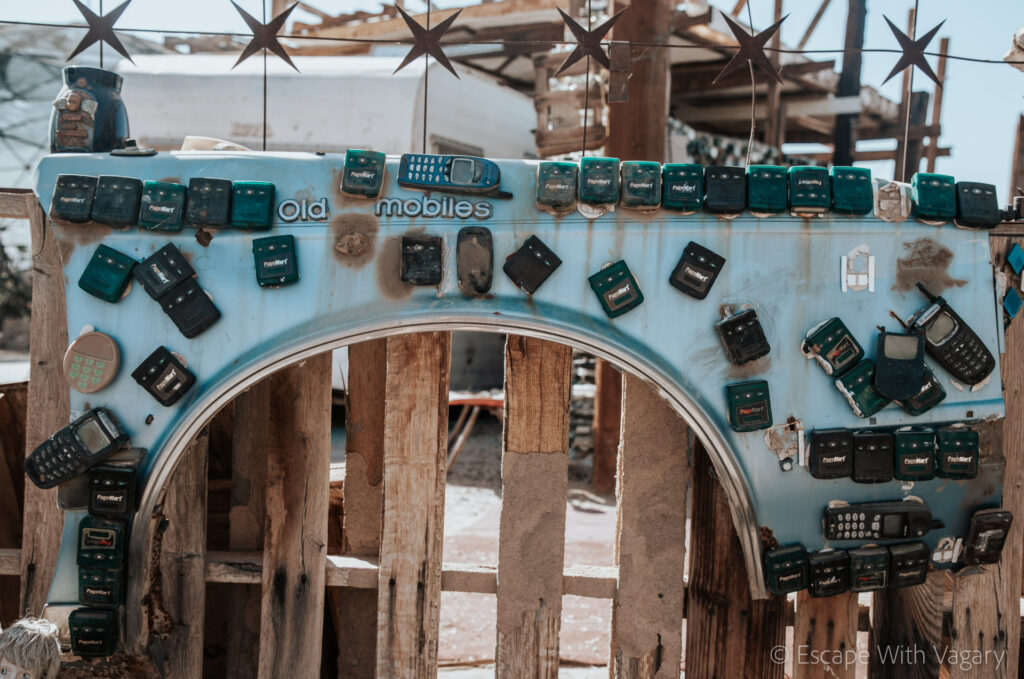
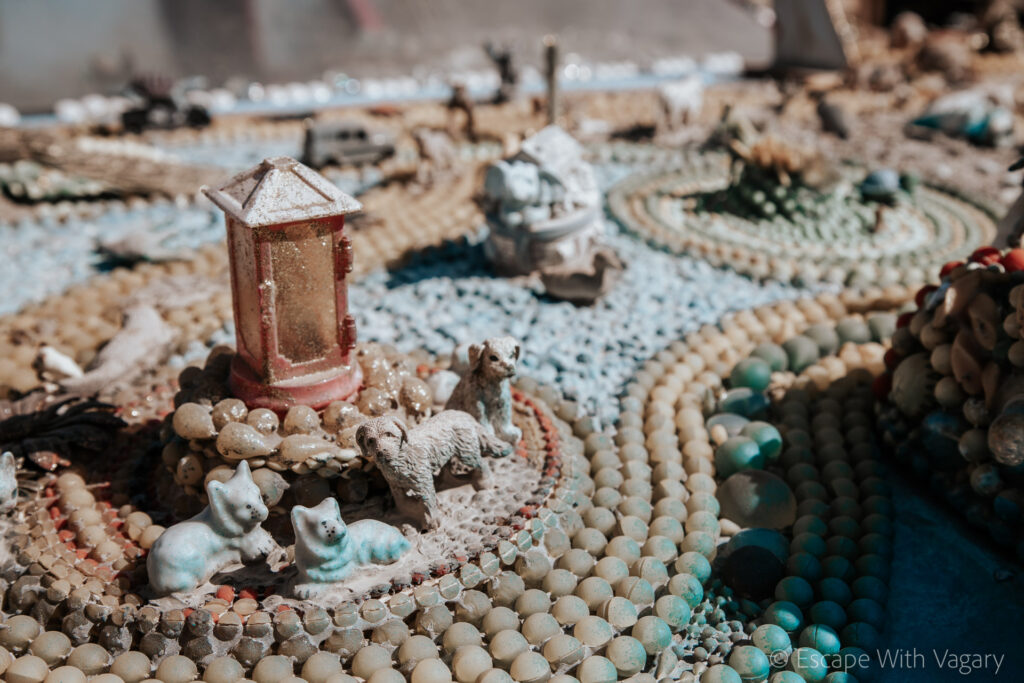
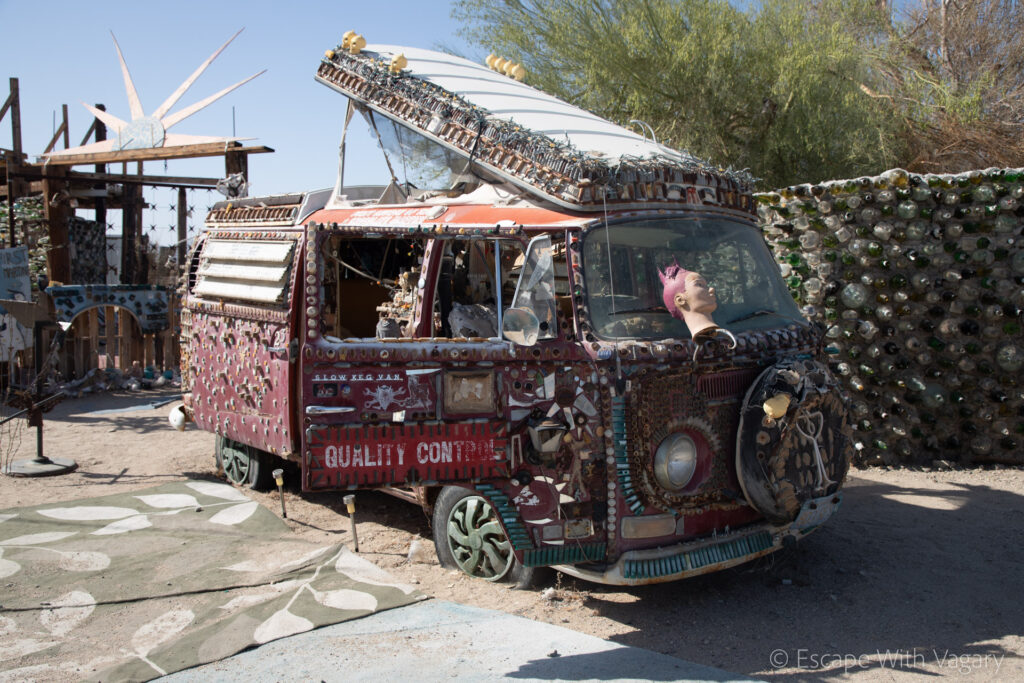
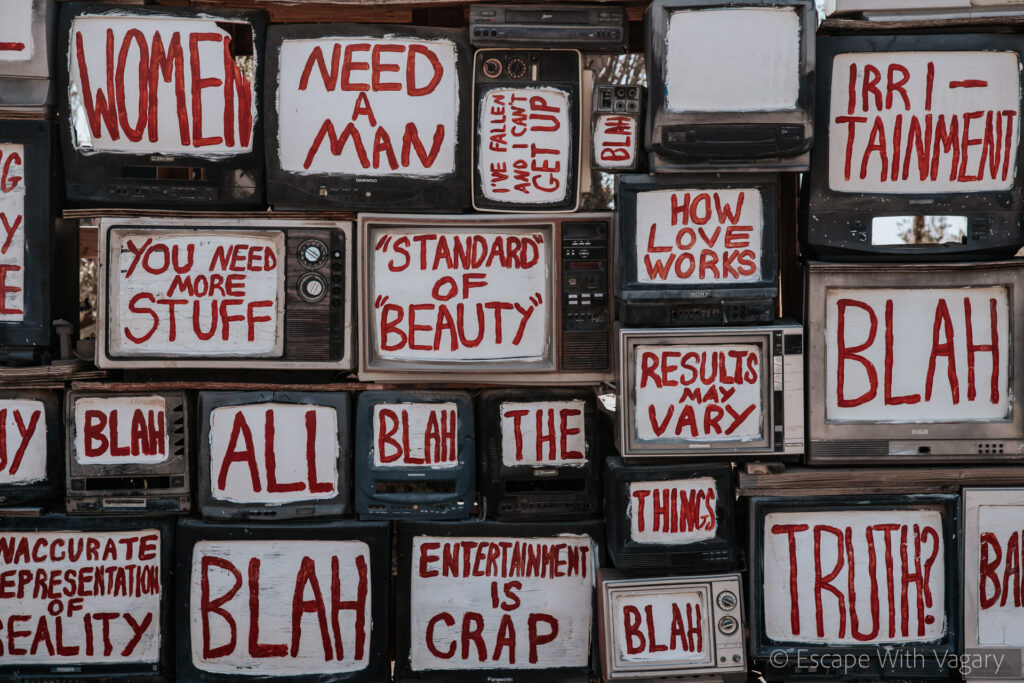
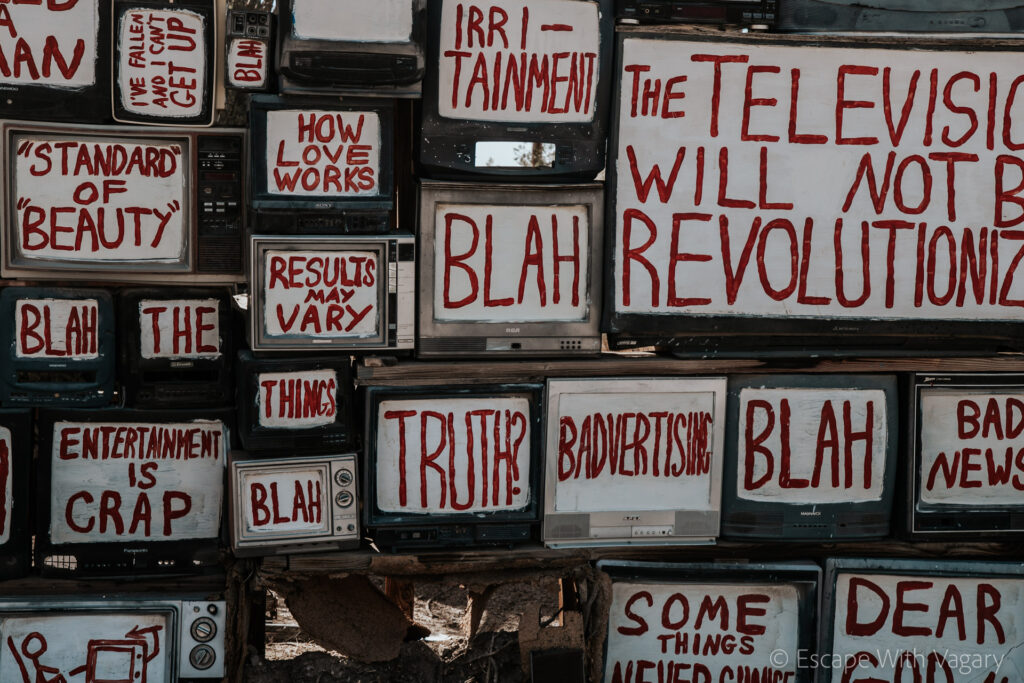

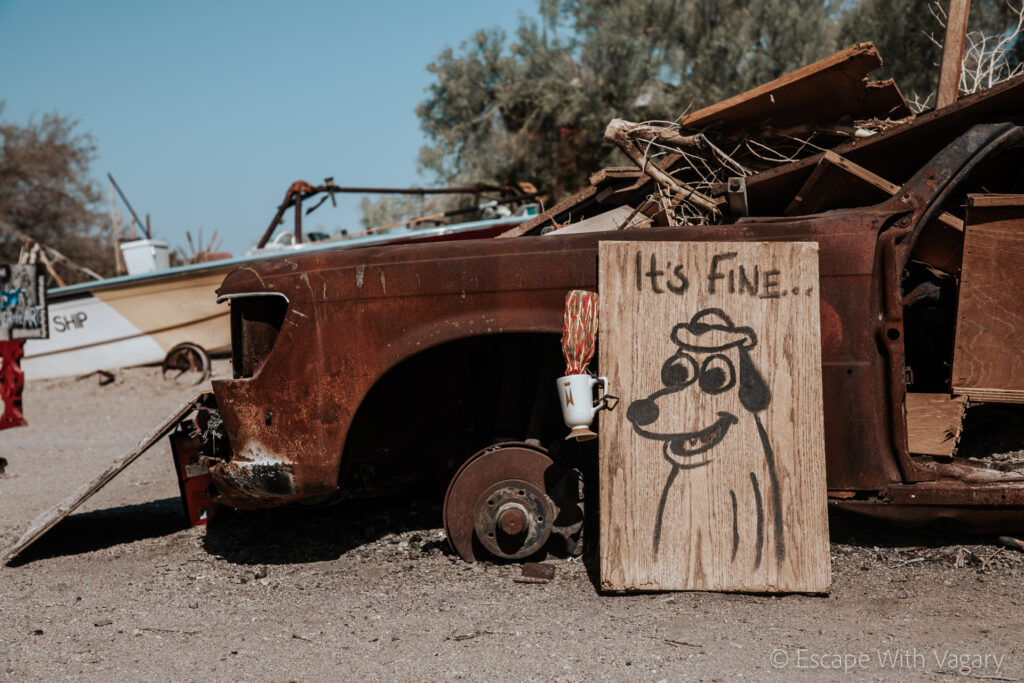
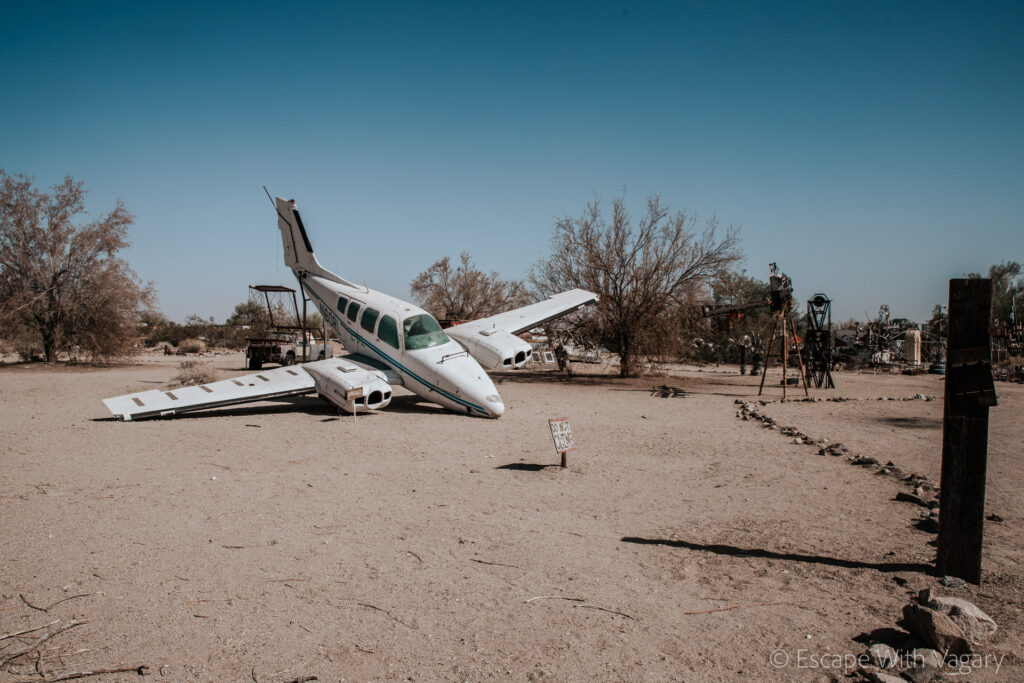
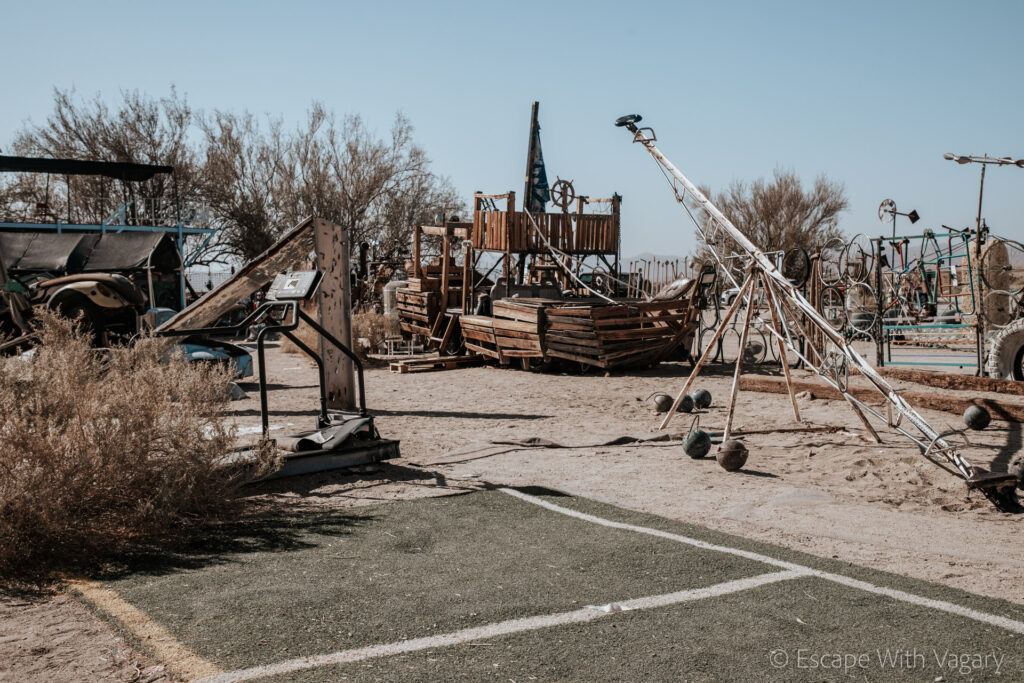
For more information, visit East Jesus’s Website.
